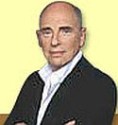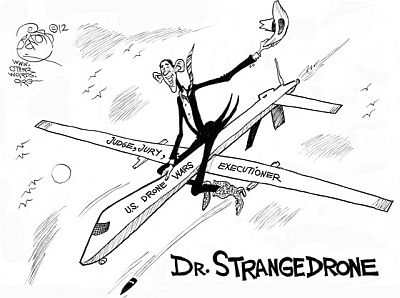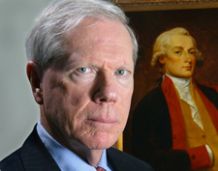 Ed Klein – When It Comes to Chaos, Trump Has Nothing on Previous Presidents
Ed Klein – When It Comes to Chaos, Trump Has Nothing on Previous Presidents
If you get most of your news from the mainstream media, you might come to the conclusion that the first month of Donald Trump’s administration is unique in the annals of presidential chaos and incompetence. Rather than the “well-oiled machine” touted by Trump, the press portrays his presidency as a jalopy full of circus clowns.
But is that true? Are Donald Trump’s stumbles really unique? Have previous presidents been paragons of proficiency and professionalism who’ve gotten off to a smooth start during their first 100 days?
Jimmy Carter: From day 1, Carter and his bungling crew in the West Wing displayed disdain for Congress, and the result was disaster. According to the Jimmy Carter Home Page of the Miller Center on the American President, “A pattern of mutual distrust and contempt had been set [and when] Congress transformed [Carter’s] tax plan into new favors for special interests, Carter called the taxing committees ‘a pack of ravenous wolves.’” Says Princeton University historian Fred Greenstein: “The impression was [Carter] didn’t know which end was up.” Continue reading

 The ongoing failures of the Secret Service to provide proper protection for the President have political careerists in a tizzy. Scares that harm could come to the commander-in-chief, also worries the press. Ordinary citizens on principle, accept that the White House should be secure grounds. Rotating blame usually means that the buck does not stop on the oval office desk. Indeed, who could expect any President to be responsible for their own safety? Surely, policy decisions made as a government could not possibly have any bearing on the lunatics that harbor ill will towards our fearless leaders.
The ongoing failures of the Secret Service to provide proper protection for the President have political careerists in a tizzy. Scares that harm could come to the commander-in-chief, also worries the press. Ordinary citizens on principle, accept that the White House should be secure grounds. Rotating blame usually means that the buck does not stop on the oval office desk. Indeed, who could expect any President to be responsible for their own safety? Surely, policy decisions made as a government could not possibly have any bearing on the lunatics that harbor ill will towards our fearless leaders. Supply-side economics is an innovation in macroeconomic theory and policy. It rose to prominence in congressional policy discussions in the late 1970s in response to worsening Phillips Curve trade-offs between inflation and unemployment. The postwar Keynesian demand management policy had broken down. The attempts to stimulate employment brought higher rates of inflation, and attempts to curtail inflation resulted in higher rates of unemployment.
Supply-side economics is an innovation in macroeconomic theory and policy. It rose to prominence in congressional policy discussions in the late 1970s in response to worsening Phillips Curve trade-offs between inflation and unemployment. The postwar Keynesian demand management policy had broken down. The attempts to stimulate employment brought higher rates of inflation, and attempts to curtail inflation resulted in higher rates of unemployment.